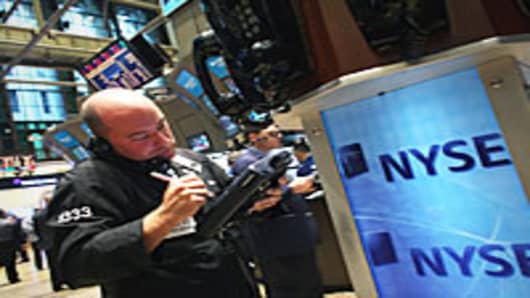January was the market's best month in over a decade as both the S&P 500 and Dow Industrials posted their strongest start to the new year since 1997.
However, these gains came on the back of considerably light volume.
The New York Stock Exchange’s average daily floor volume in January was only roughly 810 million shares—the lowest since September 1999, when about 780 million shares changed hands daily.
NYSE total volume, in addition to floor volume, has trailed since the start of 2011, with January volume down almost 19 percent, or one billion shares, from a year ago. And January typically sees strong volume.



